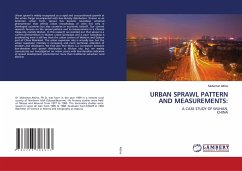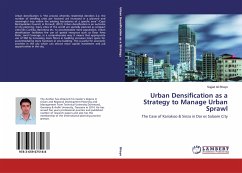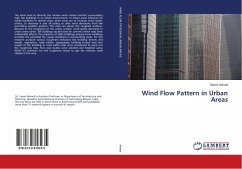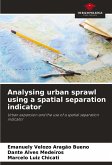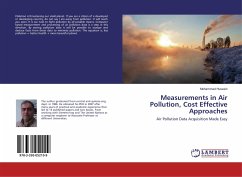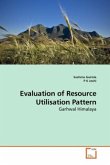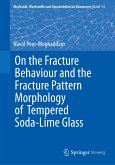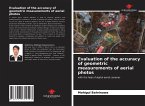Urban sprawl is widely recognized as a rapid and uncoordinated growth at the urban fringe accompanied with low-density distribution. Known as an American urban form, sprawl has become nowadays universal phenomenon that affects urban morphology of cities not only in Developed countries but also countries in economic takeoff. Our current research focuses on the sprawl pattern and its measurement in a Chinese mega-city, namely Wuhan. In this research we pointed out that sprawl is a current phenomenon in Wuhan urban landscape and it pace nowadays is accelerating even it still less than the urban centers of Western and Eastern part of China Mainland. The urban expansion rate is actually low, but the urban expansion intensity is increasing and merit particular attention of deciders and developers. We find also that there is a correlation between low-densities and sprawl distribution in Wuhan city, but we mainly concentrate our investigation on urban zones with low-densities indicative of sprawl development phenomenon more than traditional suburban rural districts.
Bitte wählen Sie Ihr Anliegen aus.
Rechnungen
Retourenschein anfordern
Bestellstatus
Storno

